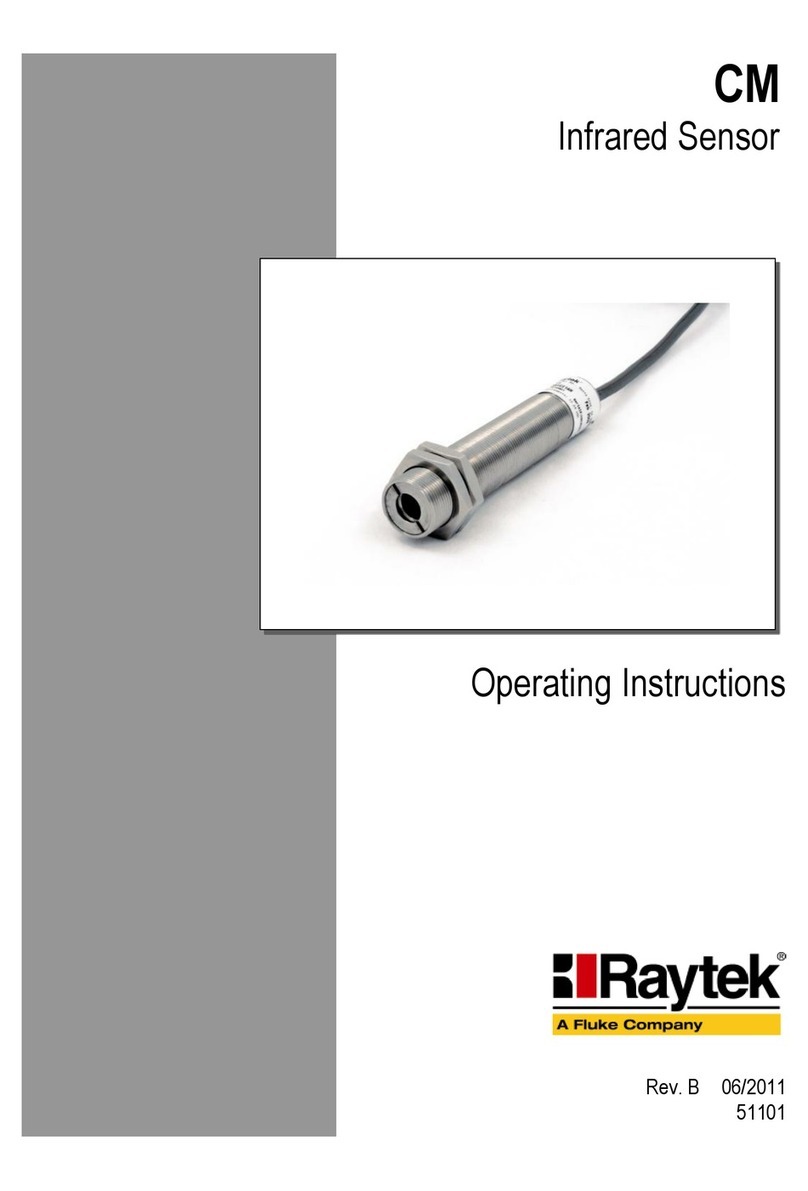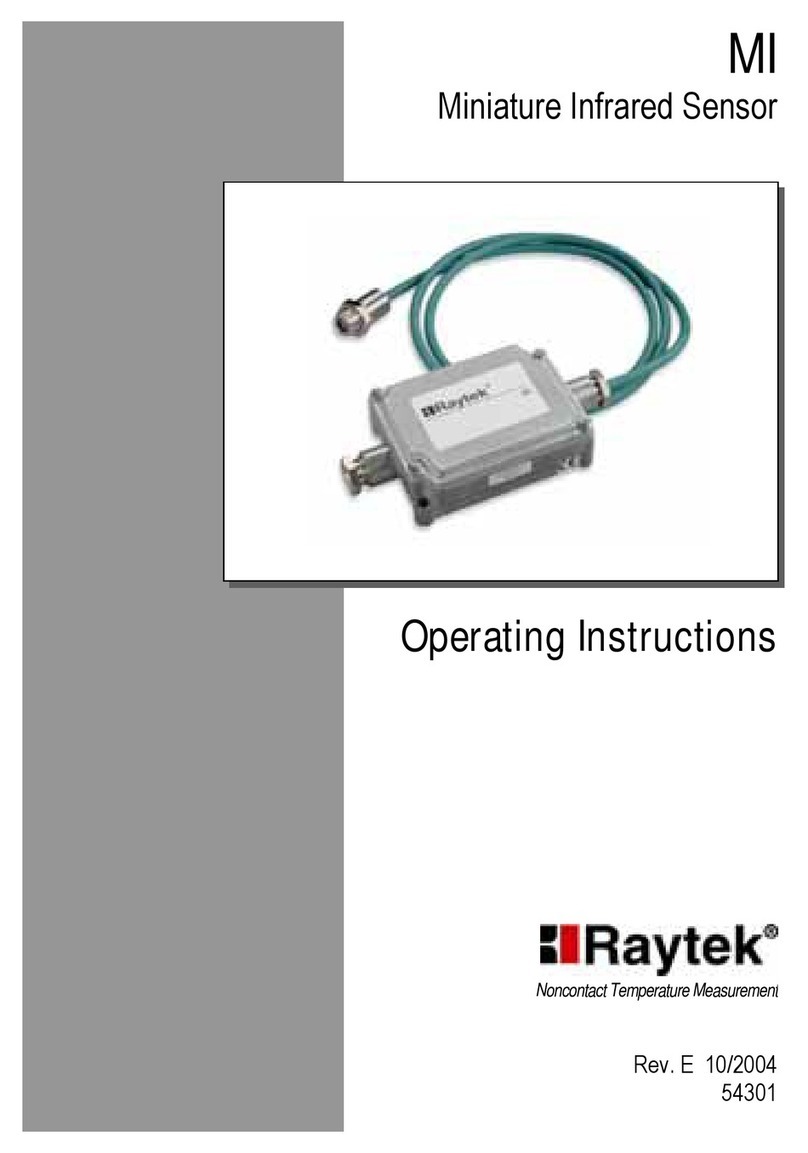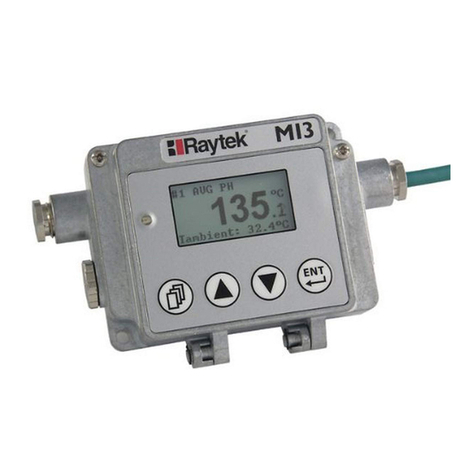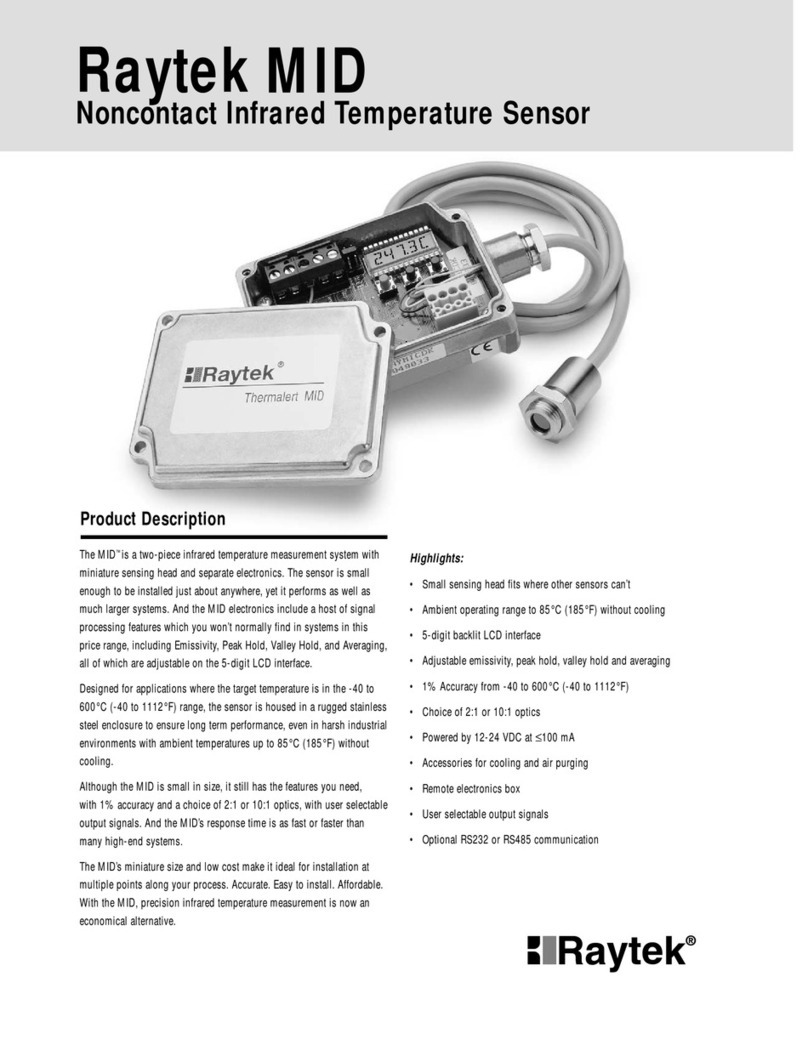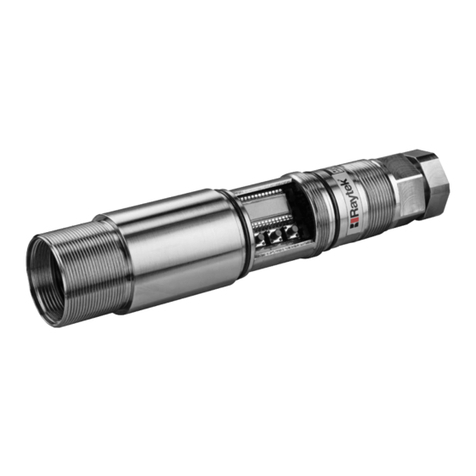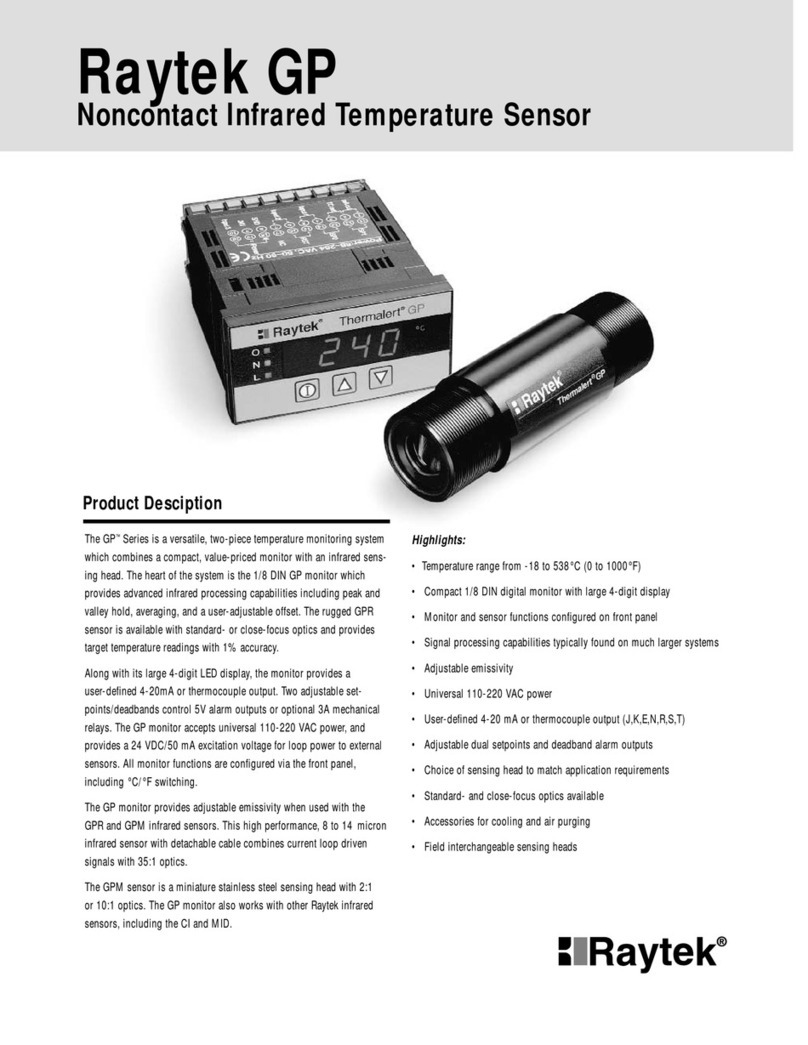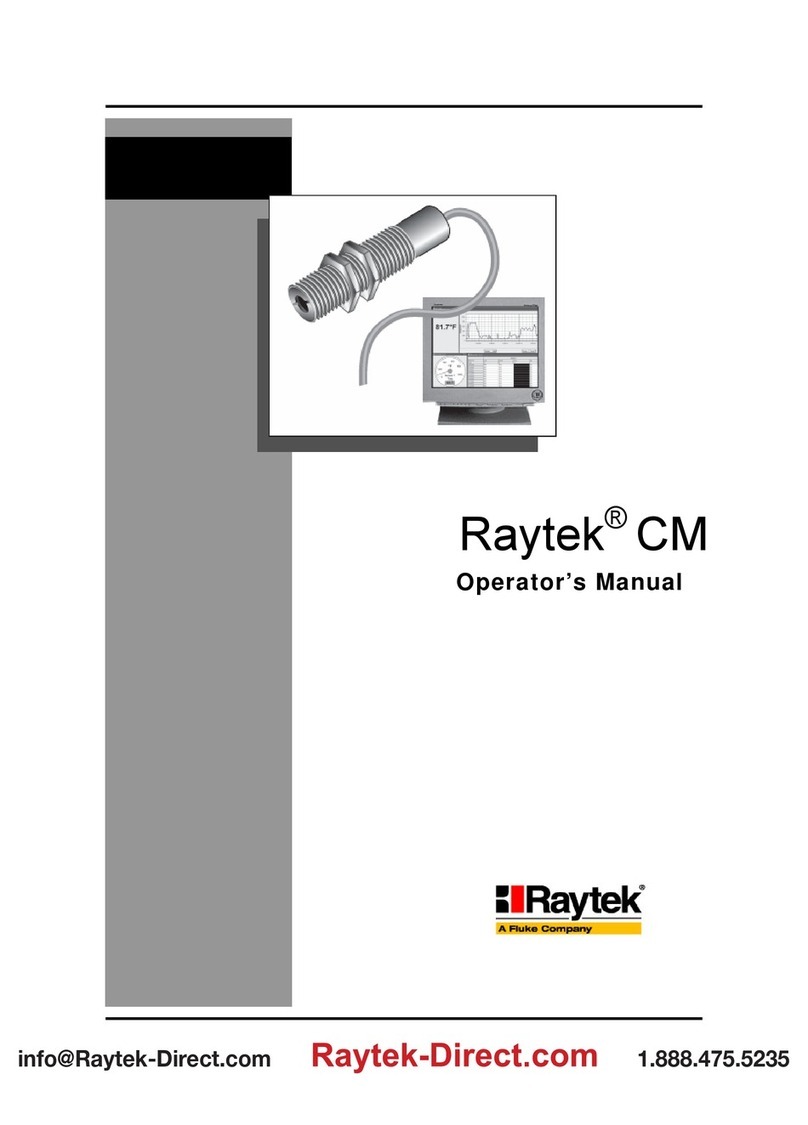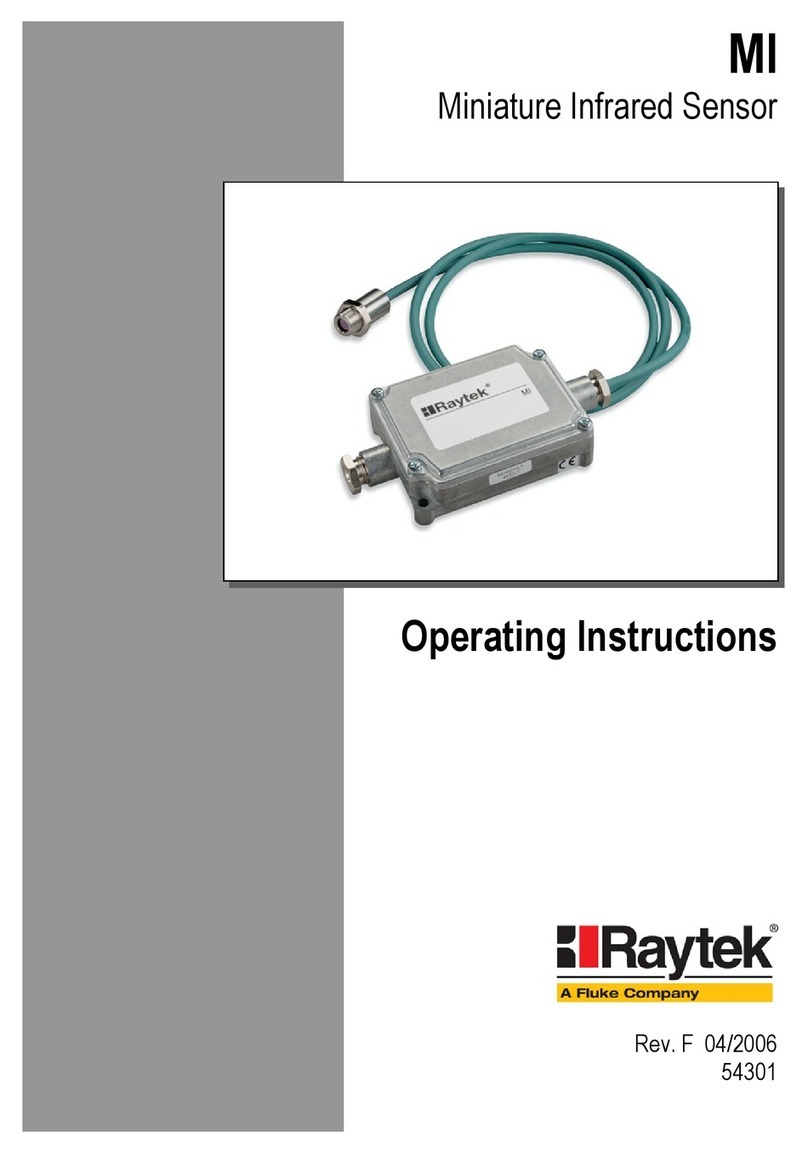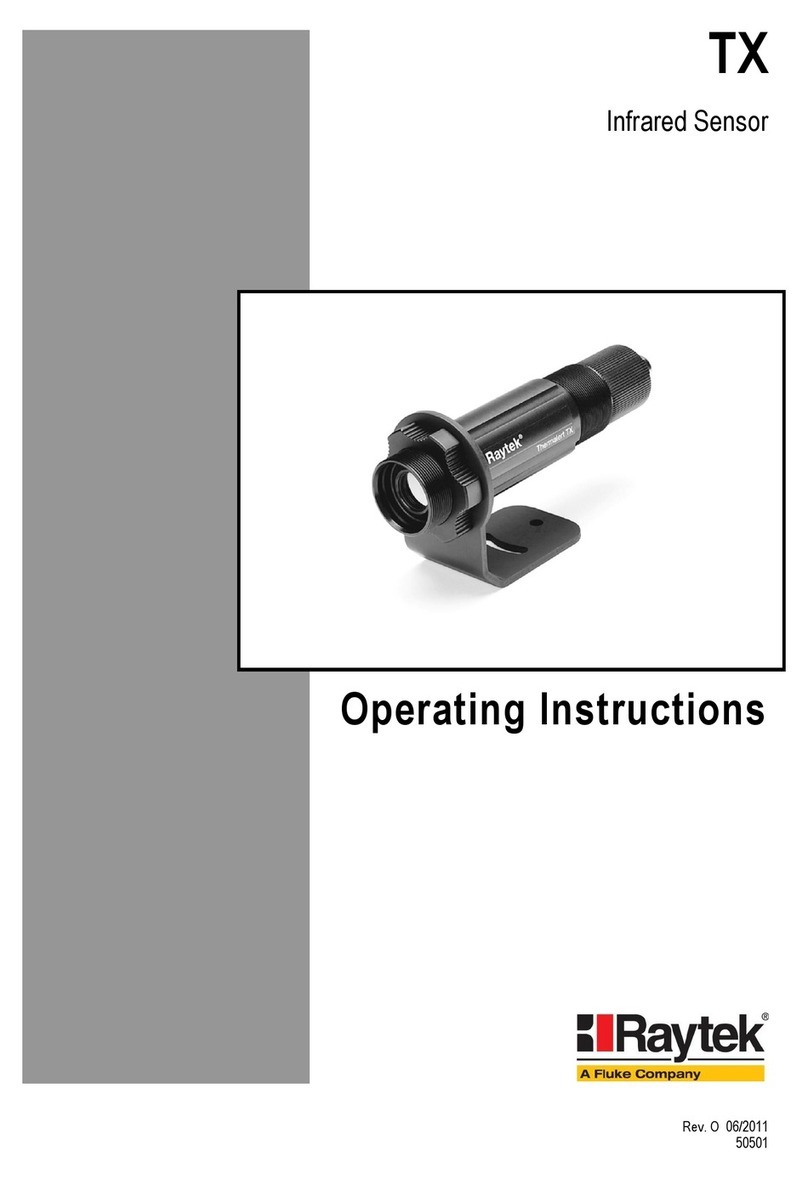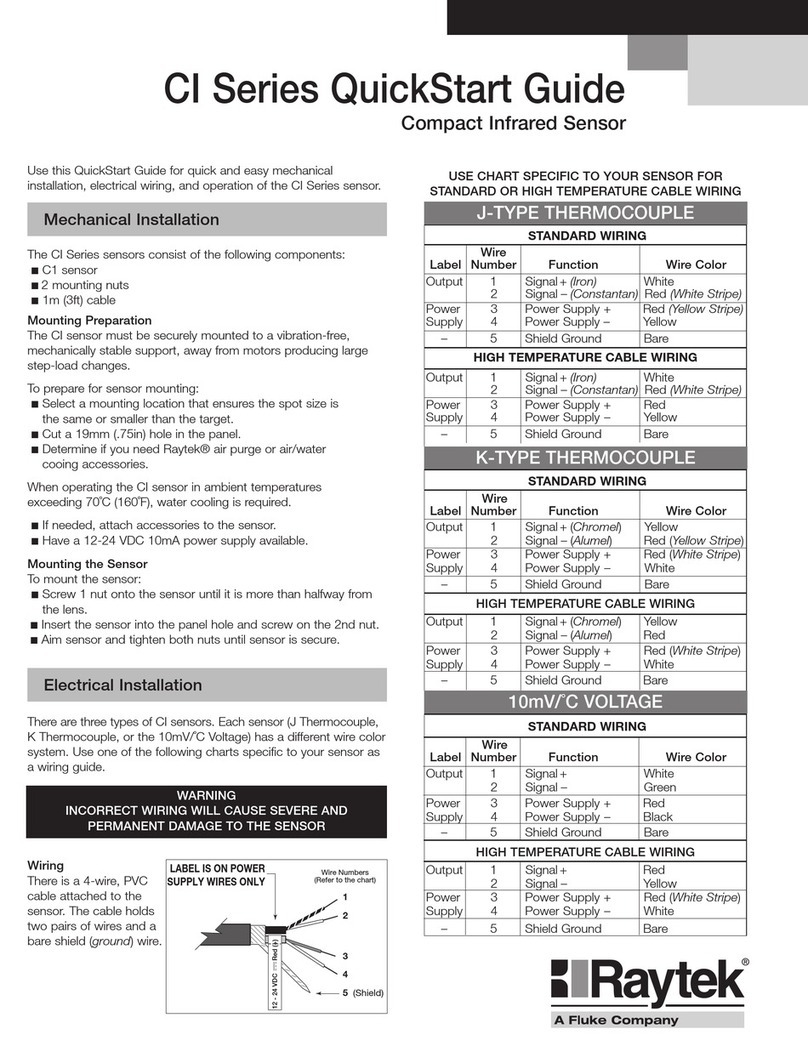Content
COMPLIANCE STATEMENT .......................................................................................................................... 5
CONTENT ............................................................................................................................................................ 6
1 SAFETY INSTRUCTIONS ............................................................................................................................. 8
2 TECHNICAL DATA ........................................................................................................................................ 9
2.1 MODELS AND PARAMETERS......................................................................................................................... 9
2.2 OPTICAL DIAGRAMS .................................................................................................................................. 10
2.3 SCOPE OF DELIVERY ................................................................................................................................... 12
3 BASICS............................................................................................................................................................. 13
3.1 MEASUREMENT OF INFRARED TEMPERATURE .......................................................................................... 13
3.2 DISTANCE AND SPOT SIZE ......................................................................................................................... 13
3.3 AMBIENT TEMPERATURE ........................................................................................................................... 13
3.4 ATMOSPHERIC QUALITY ............................................................................................................................ 14
3.5 ELECTRICAL INTERFERENCE ...................................................................................................................... 14
3.6 EMISSIVITY OF TARGET OBJECT.................................................................................................................. 14
4 INSTALLATION ............................................................................................................................................ 15
4.1 WIRE PARAMETERS FOR CURRENT LOOP .................................................................................................. 15
4.2 DIMENSIONS OF SENSOR ............................................................................................................................ 16
4.2.1 Fixed Brackets..................................................................................................................................... 16
4.3 CONNECTING THE SIGNAL LINE................................................................................................................ 16
4.4 BASIC MODEL............................................................................................................................................. 19
4.4.1 Installation with a Controller ............................................................................................................. 19
4.5 SMART MODEL ........................................................................................................................................... 19
4.5.1 HART Protocol................................................................................................................................... 19
4.5.2 HART/RS232 Adapter ....................................................................................................................... 20
4.5.3 Installation of Smart Model................................................................................................................ 20
4.5.4 Address Assignment for Multiple Sensors ......................................................................................... 21
4.5.5 Installation of Multiple Sensors (digital, address mode) .................................................................... 22
4.5.6 Installation of Multiple Sensors (digital and analog, address mode).................................................. 23
4.5.7 Installation of Multiple Sensors (digital and analog, tag mode) ........................................................ 23
4.5.8 Alarm Output..................................................................................................................................... 24
5 OPTIONS......................................................................................................................................................... 25
5.1 AIR/WATER-COOLED HOUSING................................................................................................................ 25
5.1.1 Connecting.......................................................................................................................................... 26
5.1.2 Avoidance of Condensation ................................................................................................................ 26
5.2 ATEX INTRINSIC SAFETY........................................................................................................................... 28
6 ACCESSORIES ............................................................................................................................................... 29
6.1 OVERVIEW .................................................................................................................................................. 29
6.2 ADJUSTABLE BRACKET............................................................................................................................... 30
6.3 AIR PURGE COLLAR ................................................................................................................................... 30
6.4 RIGHT ANGLE MIRROR .............................................................................................................................. 30
6.5 SIGHTING VIEWER...................................................................................................................................... 31
6.6 PIPE ADAPTER ............................................................................................................................................ 31
6.7 ADJUSTABLE PIPE ADAPTER ...................................................................................................................... 32
1.888.610.7664info@Raytek-Direct.com
